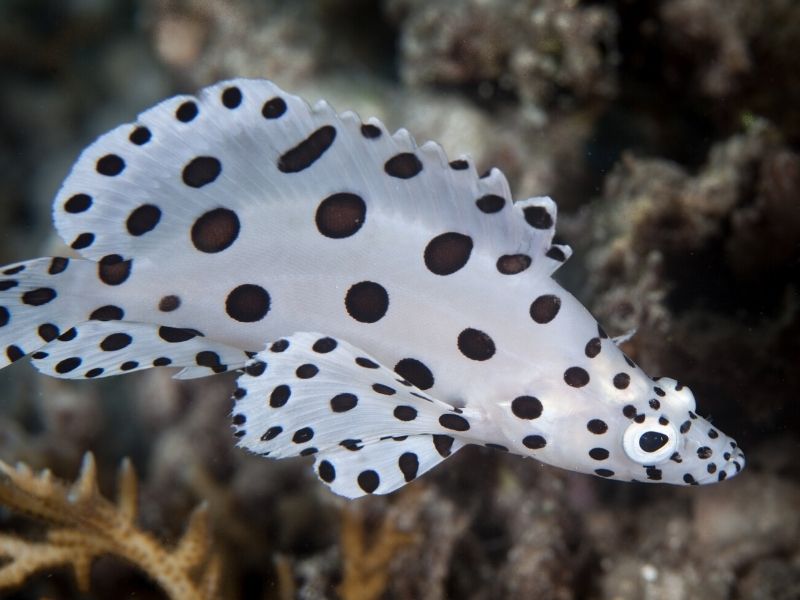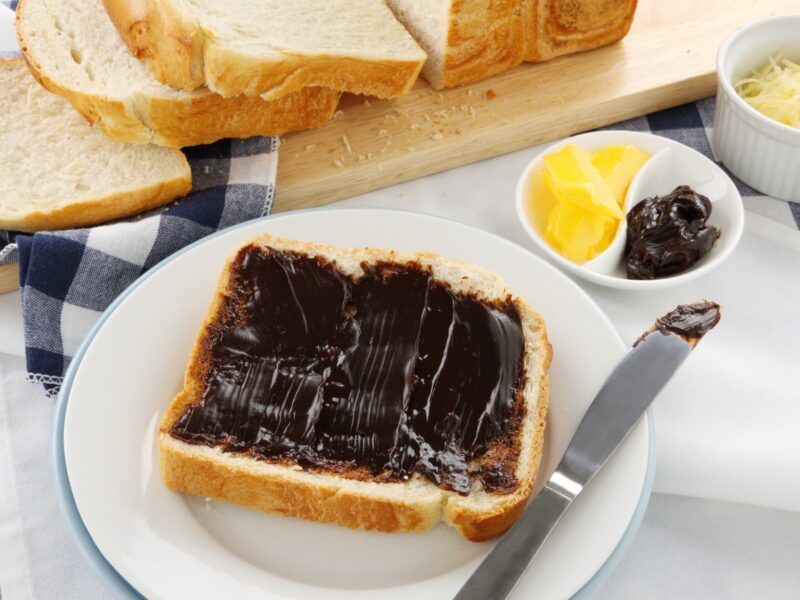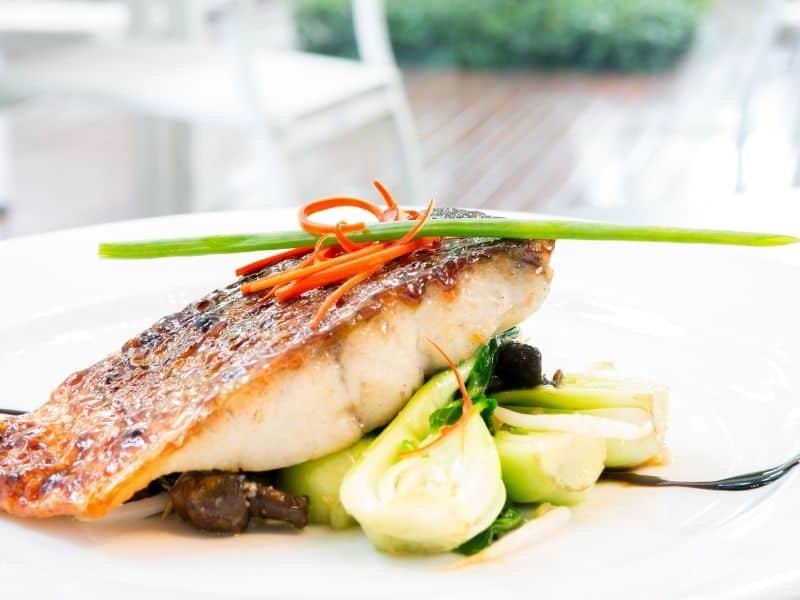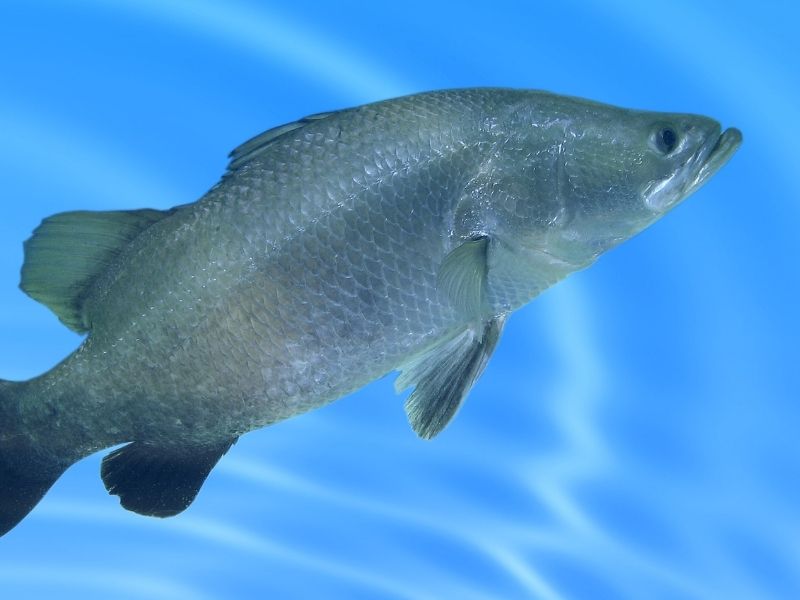Nile perch and barramundi are two popular types of fish that people enjoy eating. They have many similarities but also differences.
Nile Perch vs Barramundi:
Nile perch is a freshwater fish native to Africa. Barramundi is a saltwater fish that can be found in the Indo-Pacific region. They look similar yet they taste different. And they still have many more differences.

If you’re not sure which to choose, read on for an informative blog post about how the two types of fish compare!
What is Nile Perch?
Nile perch is a freshwater fish that can be found in the waters of northern Africa. It has an average weight of thirty pounds and its size ranges between fifty centimeters to two meters long.
The fish is commonly known as the African snook, Goliath perch, African barramundi, Goliath barramundi, Giant lates, or Victoria perch (from Lake Victoria in East Africa).
It can be found across Africa, ranging from the Congo to Lake Chad, with a few isolated populations in Cameroon and southern Ethiopia.
What is Barramundi?
Barramundi is a type of fish that lives in fresh and saltwater found in the Indo-Pacific region, including Australia, Thailand, Vietnam, Cambodia and Malaysia. It’s also native to India.
Barramundi is a type of sea fish (Centropomidae) that is distantly related to the infamous Nile perch of Africa. Internationally, barramundi is known as Asian sea bass, giant perch, or giant sea perch.
Barramundi comes from an Australian Aboriginal language of the Rockhampton region called Barramundi, which means “large-scaled river fish.” Originally, barramundi referred to Scleropages leichardti and Scleropages jardinii.
Nile Perch vs Barramundi

Difference in Appearance
Nile Perch
The color of a Nile Perch is silver with a blue cast. It has dark-black eyes, with a bright-yellow outer ring.
It is one of the world’s largest freshwater fish, growing up to 2 m (6 ft 7 in) long and weighing up to 200 kg (440 lb). Mature fish average 1.21–1.37 m (4 ft 0 in–4 ft 6 in), although many specimens are caught before they can reach this length.
Barramundi
Barramundi has a long, thin body form with a big, oblique mouth and an upper jaw that extends behind the eye. They have massive, silvery scales that might become darker or lighter as a result of their surroundings.
The maximum length is about 1.8 meters, but no evidence suggests that they are caught at this size. The heaviest recorded weight was 60 kg (130 lb). The average length is 0.6-1.2 m (2.0-3.9 ft) long.
Different Place of Living
Nile Perch
The Nile perch (Lates niloticus) is a freshwater fish. The adult Nile perch may be found in all lake areas with adequate oxygen levels, while the juvenile is restricted to shallow or nearshore locations.
The Nile perch is a ravenous predator that rules its domain, feeding on fish (including its own species), crustaceans, and insects; the young also consume zooplankton. The Nile perch uses schooling as a method of protection against predators.
Barramundi

Barramundi is a catadromous fish that spends most of its juvenile and adult life in freshwater but must return to the sea to breed. They may be found in freshwater, saltwater, and estuaries (where fresh and saltwater meet) as adults.
Barramundi is demersal and lives in coastal bodies of water, estuaries, lagoons, and rivers with clear to turbid water generally within a temperature range of 26-30°C. This species does not undertake wide migrations across or between river systems, which has presumably aided the formation of genetically distinct populations in Northern Australia.
Difference in Taste
Nile Perch
The Nile perch is a popular food fish in Africa that has been exported to European Union nations for human consumption. The flavor of Nile perch varies based on the fish’s age, diet, size, and freshness; younger fish have softer flesh with a finer texture.
Because of their short shelf life, this fish is best eaten fresh. Nonetheless, they are prevalent in Africa, where the fish may be kept alive for a little while by removing its head and putting it in clean water or milk to prevent suffocation.
Barramundi
The white flesh of the fish flakes easily, and it is mild in flavor with a smooth yet firm texture.
The texture of barramundi is determined by the fish’s age, which is estimated by its size. The smaller animals are generally more delicate and have a finer texture, while bigger ones are firmer textured and chewier flesh. Barramundi can be prepared in various ways, including baking, pan-frying, or the most common methods are steaming and poaching.
Difference in Health Benefits
Nile Perch
The Nile perch is a high-calorie, nutrient-dense fish. Among all other species, the fish has one of the greatest ratios of omega-3 fatty acids. Furthermore, the Nile perch has a good amount of protein and vitamin content. The fillet contains about 93 calories for every 100 grams (93 kcal)
Oil from Nile Perch belly has been demonstrated to provide a wide range of health advantages.
The oil from the Nile Perch’s belly flap is high in vitamins A and E, as well as low in pesticides and heavy metals like lead, cadmium, arsenic, and mercury. Because of the minimal amounts of pollutants, the product is considered safe for human usage.
Fish oil has health benefits such as:
- Boosting cardiovascular (heart) health
- Providing protection from stroke and heart attack
- Reducing risks of breast, colon and prostate cancer.
- Lowers risks of childhood disorders, boosts brain function and higher intelligence
- Lessens depression and psychosis (loss of contact with reality)
- Relieves painful conditions and has anti-inflammatory properties.
- Its high content of vitamin A and E makes it a good product for alleviating vitamin A deficiency and non-communicable diseases.
Barramundi
Barramundi is high in omega-3 fatty acids, good fats, protein, vitamin D, vitamin A, sodium, and potassium. These fish also appear to have a relatively low level of harmful pollutants like mercury and PCBs.
Barramundi, like many other fish species, may have significant amounts of selenium, zinc, calcium, magnesium, and other vital minerals in their bones that the body needs to protect.
Some of the health benefits of barramundi are:
- Probable Anticancer Potential
- May Aid In Weight Loss
- Might Protect Heart Health
- May Improve Brain Health
- Can Help Manage Diabetes
- May Strengthen Bones
- Might Improve Eye Health
- May Ensure Proper Growth
Difference in Cost
Nile Perch
Nile perch is a popular food fish in Africa and exported to European Union countries for human consumption.
The taste of Nile perch depends on the age, diet, size, and freshness of the fish; younger specimens usually have more delicate meat with a finer texture. This makes them expensive as they have a concise shelf life.
Also, Nile Perch can only be found in Africa region. And that makes it very expensive for most markets outside Africa region.
We’ll use the fish price at Alibaba.com of the US market (as per October 2021).
The price of quality frozen Nile Perch fillets is $405-$650 per metric ton (1000 kg).
Barramundi
Medium-high price, with plate-sized fish less expensive than larger fish.
Large Barramundi is usually sold as fillets. In fillets, look for lustrous, firm, moist white-pinkish flesh without any brown markings or oozing water and a pleasant fresh smell. Small Barramundi is mostly sold whole, look for firm flesh, which springs back when touched and a pleasant fresh smell.
Barramundi can be found in most Indo-Pacific regions. And that makes the price less expensive than Nile Perch.
We’ll use the fish price at Alibaba.com of the US market (as per October 2021).
The price of quality frozen Barramundi fillets is $320-$400 per metric ton (1000 kg).
FAQs
Is Nile perch the same as barramundi?
No, they are different species. Nile Perch can only be found in Africa region. But Barramundi can be found in most of the Indo-Pacific region.
Is Nile perch a good fish to eat?
Yes, it is. Nile Perch has high protein and good nutrients like vitamin A.
Is the Nile perch Australian?
No, it is not. It’s only found in Africa region.
Does Nile perch taste good?
Yes, it does. The taste of Nile perch depends on the age, diet, and size of the fish. Young ones usually have more delicate meat with a finer texture, which makes them expensive as they have a shorter shelf life.
















